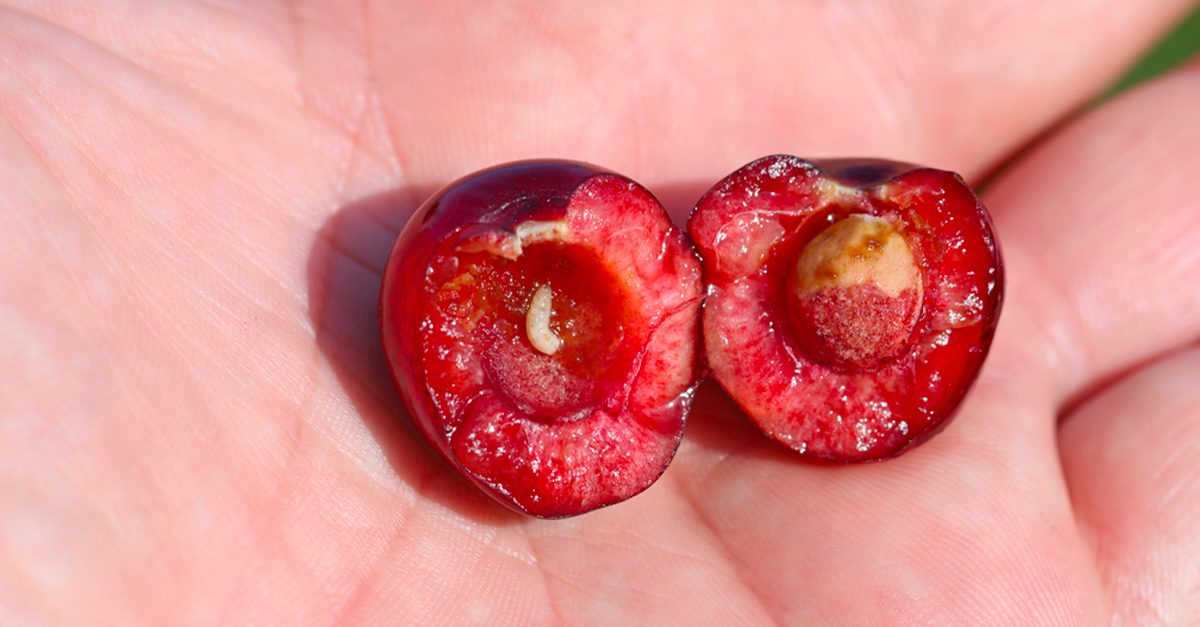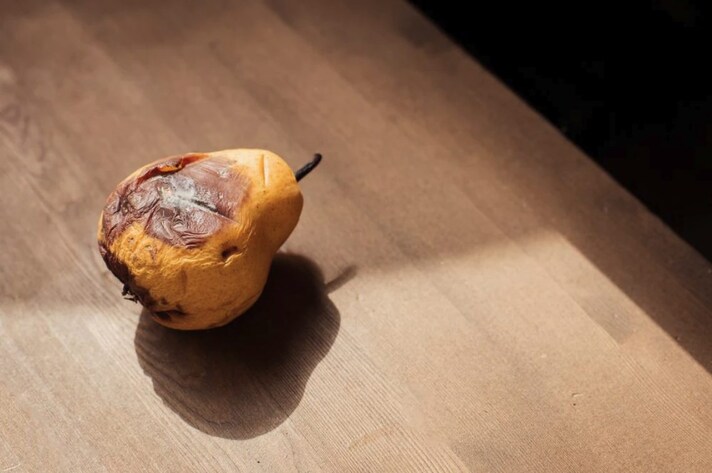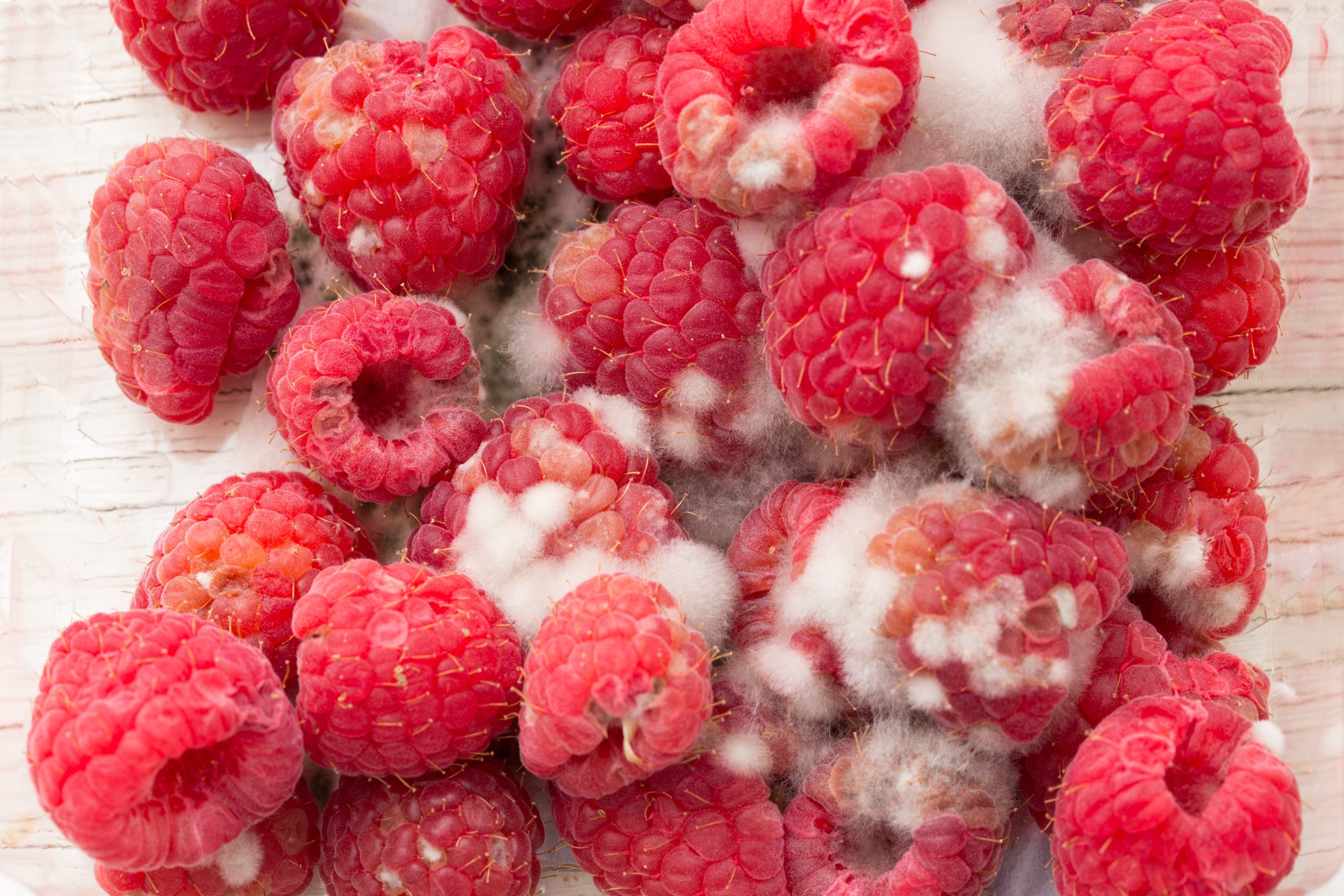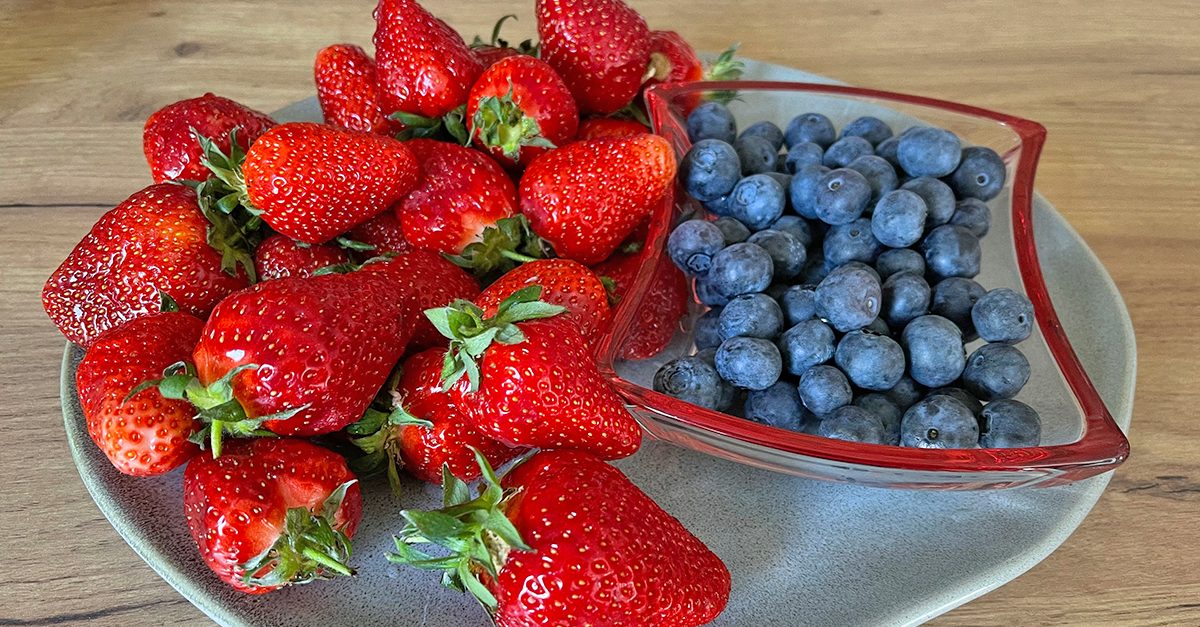What To Do When You Find Worms In Fruit
What to do if you find a worm in fruit? And if we ingested it by mistake, should we worry? Here's everything you need to know about fruit fly larvae.
;Resize,width=742;)
Fruit in an advanced state of ripeness can create some problems: not only at a digestive level, but in actual food safety. Have you ever found a "worm" in fruits such as peaches, figs, apples, etc? And what did you do with it? Today we will tell you what those little white worms are that are sometimes found in almost spoiled fruit and what it means to ingest them.
Fly larvae in fruit: what to do when you find them
Those little white worms that you happen to find in almost spoiled fruit are nothing more than fly larvae: in most cases, they are the larvae of the Mediterranean fruit fly, a phytophagous insect of the order Diptera Brachycera; the development of these small larvae is one of the main problems of summer fruit production in Mediterranean contexts. Its presence inside the fruit is proof that it has been contaminated and that, therefore, it is no longer good to eat: it develops in the fruit in an advanced state of ripeness, after excessive temperature changes or even due to problems of poor preservation in the face of high temperatures or humid environments. But what can cause its accidental ingestion? Simply put, if we eat it by accident, should we worry and go to the emergency room or not?
Fly larvae are a vehicle for bacteria that come from the external environment, including those that come from waste or animal feces: among the most common bacteria transported by fly larvae are Escherichia coli, myiasis and Salmonella. These bacteria mainly cause intestinal infections which, in turn, lead to symptoms such as:
- abdominal cramps
- diarrhea
- fever
- vomit
- presence of blood in the stool
- presence of larvae in the feces.
However, if we accidentally ingest a larva you won't automatically get infected, so contact your doctor only if one or more of the symptoms listed above appear. If the symptoms are aggressive we suggest you go to the emergency room, but if you feel a "simple" stomach ache, don't underestimate it and call your doctor.

How to spot cases of larvae
The larvae develop in fruit that is already partially spoiled, precisely in the parts where the ripening process is most advanced: if a fruit has no spots, bruises or parts of a different color, there is no need to worry. If, however, your fruit has these defects, even in this case it does not mean that the contamination process has already started: divide the fruit into various parts and eliminate all those that are in an advanced state of ripeness. Finally, the case in which the fruit is largely spoiled speaks for itself: throw everything away without hesitation, trying to eliminate the moisture as soon as possible to avoid further contamination which could cause the presence of flies and other larvae.
;Resize,width=767;)
;Resize,width=712;)
;Resize,width=712;)
;Resize,width=712;)
